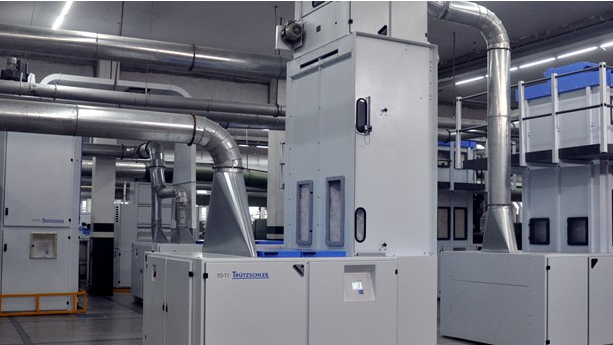Value Enhancement For Textile Industry During Global Economic Crisis
The slump in the world economy has become more pronounced. Consumers are becoming more thrifty. Umesh Sharma looks at how the textile industry can tide over the situation.
It is time for people involved in the textile value chain, especially knitting and weaving companies, garment companies, fashion designers and clothing brands to understand where they are and find ways to improve value of end products. They can do so by controlling cost and at the same time communicate clearly with consumers by giving exciting value enhancement like reasons to buy.
Traditionally, buyers keep their eyes peeled for the look and touch of the fabric. These parameters influence buying decisions of most fashion designers, people involved in the fashion industry and brand buyers. Generally, yarn parameters are ignored. Many times, we have seen several dissatisfied consumers because the garment is made with fabric that cannot hold its own after a couple of washes and loses its looks.
The question before yarn spinning companies is, how to make a spun yarn that can be woven or knitted with better performance on machines? This yarn ought to provide process saving without a costly chemical treatment during the fabric finishing process.
Ironically, there are no yarn quality standards from yarn to fabrics. The standards are for yarn production parameters. They are not prerequisites for fabrics. Knitted and woven fabric productions levels are often chosen through trial and error or by experimental approaches using one-time experiments or based on past experience with the particular yarn being used. The idea is to study yarn characteristics and properties and understand how that can influence knitted fabrics to propose cost-effective value enhancing features.
The characteristic properties of spun yarns have significant influence on the performance of subsequent fabric manufacturing operations as well as the end-product quality. Several fabric properties such as strength, handle, elongation, covering factor, resistance to abrasion, ease of dyeing, and wearing comfort are affected by yarn properties to varying degrees.
Along with aforesaid characteristics, there are some fabric-related problems like hairiness. Even with controlled yarn parameters, some fibres have the tendency to be more fibrous, like synthetic fibre. Examples include viscose and polyester. Once fabrics are made using these fibres, even with controlled yarn parameters, high hairiness and pilling problems can be seen in garments. So the solution will be to use Lopil Brand vortex yarn from Lucky Spinning. With good understanding of types of fabrics and end garments requirements, required quality standards and adequate technology can be chosen.

Leave a Reply
You must be logged in to post a comment.